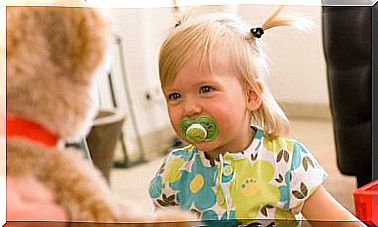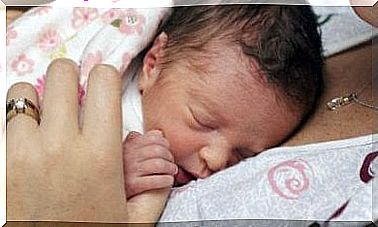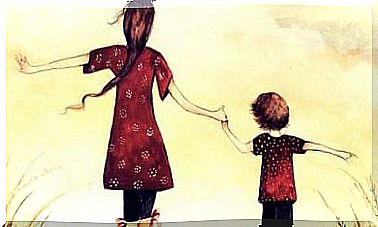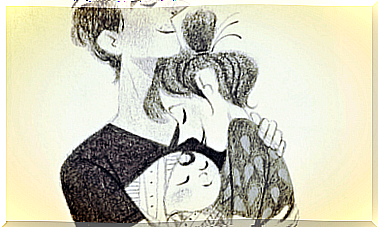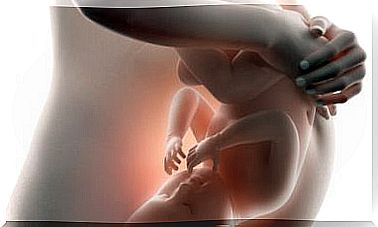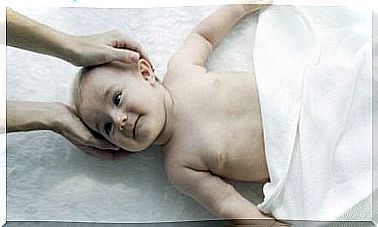How To Fight Pinworm In Children

Small children can get pinworm very quickly . Parents need to take the necessary steps to avoid pinworms in children.
In this article we are going to share with you everything you need to know about this disease.
A pinworm is a common disease that occurs in childhood and can be very uncomfortable.
This parasitic intestinal infection is commonly known as a worm or tapeworm. The scientific name for this parasite is Enterobius vermicularis .
A child can become infected by inhaling or swallowing protozoa cysts, eggs, or worm larvae. Although it is an uncomfortable condition, it does not pose a serious health risk.
How does a child get a pinworm?
It is perfectly normal for a child to develop worms at some point in their development as they are prone to infection.
After entering through the mouth, swallowed eggs pass into the digestive tract. They stop in the small intestine while the larvae continue to migrate to the large intestine.
After a few weeks , the female worm moves towards the anus and leaves the body at night to lay new eggs.
Thanks to a special secretion, the eggs stick to the edges of the anus and to the skin around it.
Children get infected again and again by scratching the area and then putting their hands in their mouths.
This condition usually lasts between one and two months. Worms are easy to spot in the child’s excretions as they grow to around 10 millimeters.
They are usually white and elongated in shape.

Symptoms of pinworms in children
Pediatricians use the Graham test to confirm pinworms in children. One of the strongest symptoms of this condition is pain and itching around the anal and genital regions.
These complaints often appear at night when the worms come out of the anus.
When a child has this disease, they may show the following symptoms:
- irritability
- Trouble sleeping
- Grinding teeth
- Constant nightmares
- Sleepwalking (only in some cases)
How can you prevent pinworms in children?
Since pinworm infections can happen quickly, it is all the more important that parents take certain precautions to reduce their proliferation.
With these simple things you can keep your child from getting infected. This will help prevent re-infection if your child has had worms in the past.
- Thorough hand washing is very important. Especially before eating and after using the toilet or before you change your diapers. It should become a daily habit.
- Clean fingernails with a brush.
- Children should have short nails. If you scratch yourself, you won’t get injured that way. In addition, eggs cannot collect under the nails.
- Don’t bite your nails.
- When it comes to babies, it is important to carefully clean the diaper area.
- Change your child’s underwear daily.
- After your pediatrician confirms pinworm infection, wash your child’s clothes and sheets thoroughly with hot water. You should also sanitize all of the toilets at home.
- Do not let your child play outside in areas where dogs have done their business.
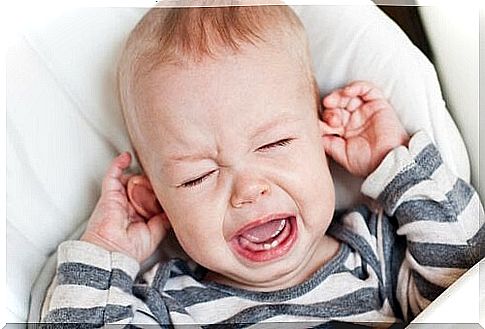
What kind of treatment should be used to eliminate pinworms?
There are very effective treatments available to get rid of these pesky worms.
Although they are not difficult to treat, if the treatment is not carried out correctly and to the end , you can get infected again quickly.
Your pediatrician can prescribe antibiotics, which kill the tapeworm after a single dose.
But there is no drug that kills eggs that have already been laid.
Therefore, children can become infected again and also infect others in the household.
The drug should be taken again after about two weeks to prevent re-infection.
If a child is infected, everyone in the home should get treatment.
You should pay special attention to how your baby is feeling.
If it shows symptoms of an intestinal infection, you should see your pediatrician and follow necessary treatment instructions.
